Occupation Architect Name Juan Herrera | Role Architect | |
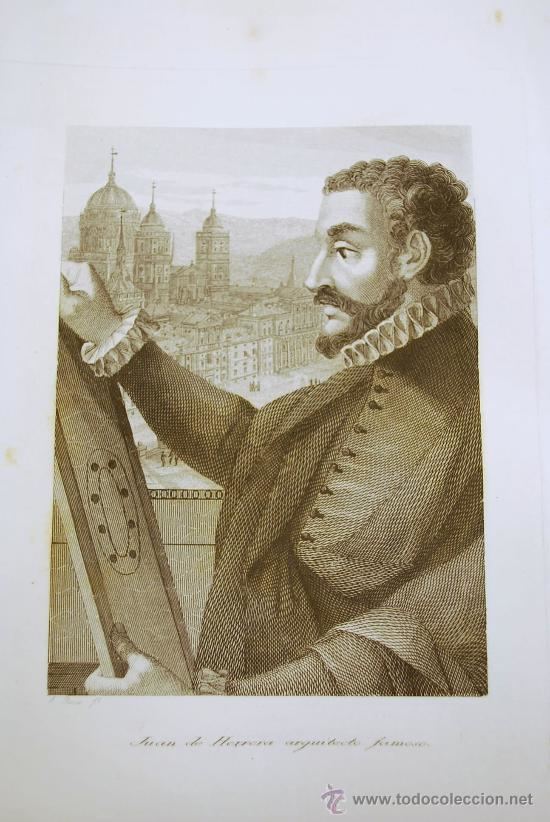 | ||
Structures Plaza Mayor - Madrid, Valladolid Cathedral, Royal Palace of Aranjuez, General Archive of the Indies, Bridge of Segovia Similar People Juan Bautista de Toledo, Philip II of Spain, Pedro de Ribera, Jose de Galvez | ||
Education University of Valladolid | ||
Christus factus est juan de herrera y chumacero baroque music in colombia
Juan de Herrera (1530 – 15 January 1597) was a Spanish architect, mathematician and geometrician.
Contents
- Christus factus est juan de herrera y chumacero baroque music in colombia
- A la fuente de bienes 1698 juan de herrera y chumacero baroque music in colombia
- Biography
- Main works
- References
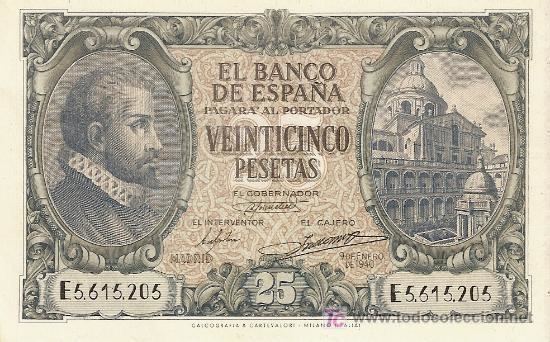
One of the most outstanding Spanish architects in the 16th century, Herrera represents the peak of the Renaissance in Spain. His sober style was fully developed in buildings like the Monastery of San Lorenzo de El Escorial. The Herrerian style was named after him, and was representative of the architecture of the Spanish Empire of Philip II and his Austrian successors.
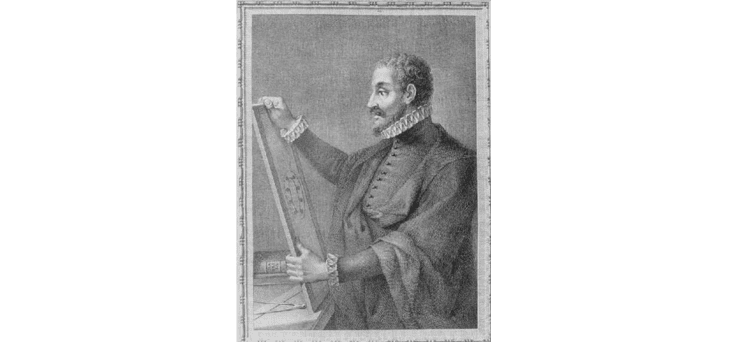
As a Renaissance man, Herrera was interested in all the branches of knowledge of his times. His Discurso sobre la figura cúbica (Discussion of the Cubic form) tells us about his notable knowledge about geometry and mathematics. He also participated in the military campaigns of Charles V in Germany, Flanders and Italy.
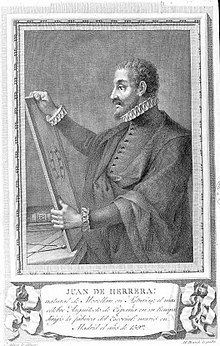
A la fuente de bienes 1698 juan de herrera y chumacero baroque music in colombia
Biography
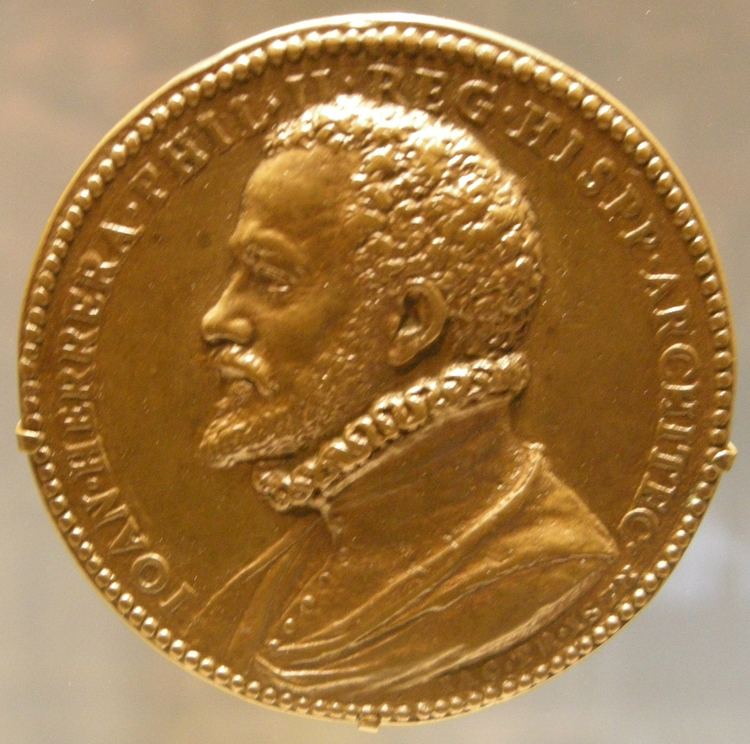
Juan de Herrera started his architectural career in 1561 with the works in the Royal Palace of Aranjuez. In 1562 he also made some drawings for the Libro del saber de astronomía (The Book of Astronomical Knowledge).
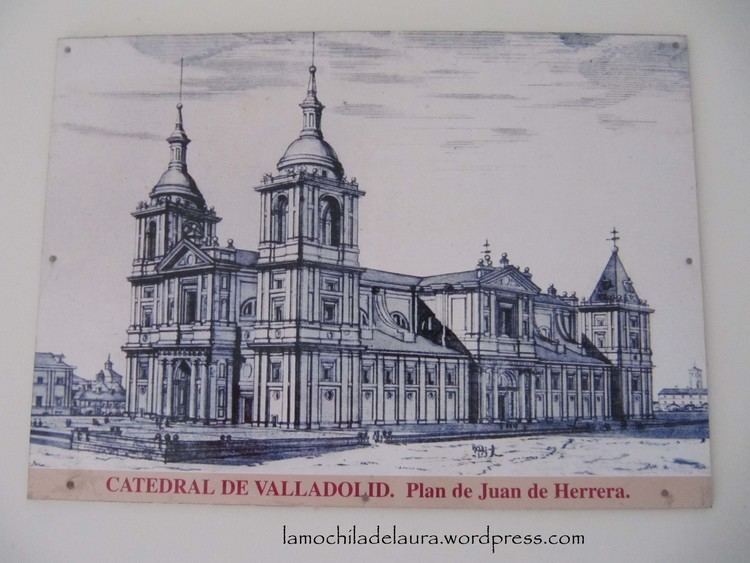
In 1563 he started to work under Juan Bautista de Toledo in the construction of El Escorial. After the death of de Toledo in 1567, Herrera became the director architect of the works, enlarging the plan, building the monumental western façade, the central Basilica and the pavilion of the Patio de los Evangelistas (Court of the Evangelists), and modifying the construction techniques and roofing. Stylistically, he changed the image of the façades and introducing his personal sober style in accordance to the wishes of King Philipp. The main keys of his design are the impressive horizontal unified composition and the use of bare granite, omitting the classical orders for large surface. This style introduced in the monastery influenced Spanish architecture for over a century with the name of Herrerian style.
The plans of the Cathedral of Valladolid and the today Archivo General de Indias building were also designed by him. He was the original designer for the Plaza Mayor in Madrid.
As instructed in his 1584 will, after his death, his sepulchre was transferred from Madrid to the Church of San Juan Bautista, in Maliaño, Cantabria.
